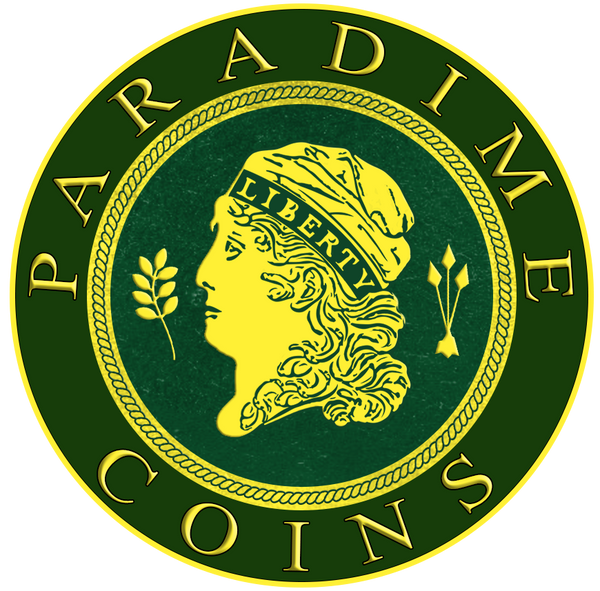1828 1C Large Narrow Date, BN
Share

The 1828 1C Large Narrow Date, BN (Brown) is a notable example of early American coinage. Minted at the Philadelphia Mint, this coin is part of the Classic Head Large Cent series, which was struck from 1808 to 1836. The 1828 issue is particularly interesting due to its various die varieties, including those that have a "Large Narrow Date" configuration. Among the Large Cents, the 1828 variety is regarded as relatively common, though specific variations like those with the Narrow Date can pose rarity considerations.
The total mintage for all 1828 Large Cents was approximately 2,260,624. During this period, the United States operated with limited resources compared to later years, making these coins finely wrought pieces of history. Collectors often seek to differentiate coins from this year based on subtle die variations, indicative of the era's more manual minting processes. The PCGS (Professional Coin Grading Service) assigns the coin #1654 for collectors seeking specification. From a numismatist's perspective, the 1828 Large Narrow Date, BN presents a fascinating study in early 19th-century minting techniques and the challenges of producing consistent coinage. The coins were predominantly struck on manually-operated presses, leading to a wide array of die varieties.
Enthusiasts value these distinctions, not only for their numismatic interest but also for the historical insight they provide into early American mint operations. While the coin may not be extremely rare in terms of sheer numbers, finding examples in high grades can be challenging. Brown (BN) designation indicates the coin has naturally aged, showcasing its original coppery tones. Due to its popularity and historical significance, the 1828 Large Cent—particularly in the Large Narrow Date variety—remains a coveted piece among collectors. Valuation of the 1828 Large Narrow Date fluctuates based upon condition.
Well-preserved specimens can command significant premiums. Recently, sales have demonstrated that coins graded very fine (VF) to extremely fine (EF) can achieve prices ranging dramatically, often ranging from a few hundred to several thousand dollars in auction settings, depending on their condition and specific market demand. These coins frequently appear in prominent numismatic auctions, where collectors have paid sizeable amounts for high-grade examples. Notably, the pricing can be significant when a coin exhibits pristine surfaces with minimal wear or superior color preservation.
The coin’s market is buoyed by the continued interest in classic U.S. copper and its representation of early American numismatic art and history. In summary, the 1828 1C Large Narrow Date, BN is a remarkable piece, both for its tangible numismatic features and for the historical narrative it represents. Its study offers valuable insights into the evolution of American coinage and serves as a testament to the formative years of the U.S. Mint. Collectors and historians alike view it as indispensable to understanding the broader narrative of early American currency.





